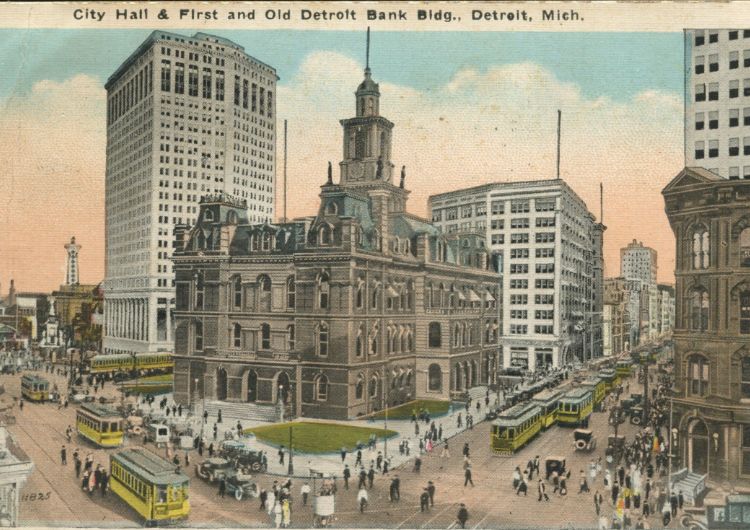The Old City Hall in Detroit, constructed in 1861, stands as a majestic testament to the city’s rich architectural heritage and historical significance. Designed by architect Richard G. Mason in the Second Empire style, the building served as the seat of municipal governance for over seven decades. Its imposing facade, characterized by ornate details and a distinctive clock tower, symbolizes Detroit’s aspirations and achievements during the late 19th century.
Throughout its storied history, the Old City Hall has witnessed pivotal moments in Detroit’s evolution, including periods of growth, industrial expansion, and social change. The building served as a hub for civic activities, hosting important meetings, ceremonies, and public gatherings that shaped the city’s identity and trajectory. As Detroit burgeoned into a major industrial center and cultural hub during the late 19th and early 20th centuries, the Old City Hall stood as a prominent symbol of municipal pride and progress.
The demolition of Old City Hall was in 1961. The building was built in 1861 and was located along Campus Martius Park, and was bordered by Griswold Street to the west, Michigan Avenue to the north, West Fort Street to the south, and Woodward Avenue to the east.


